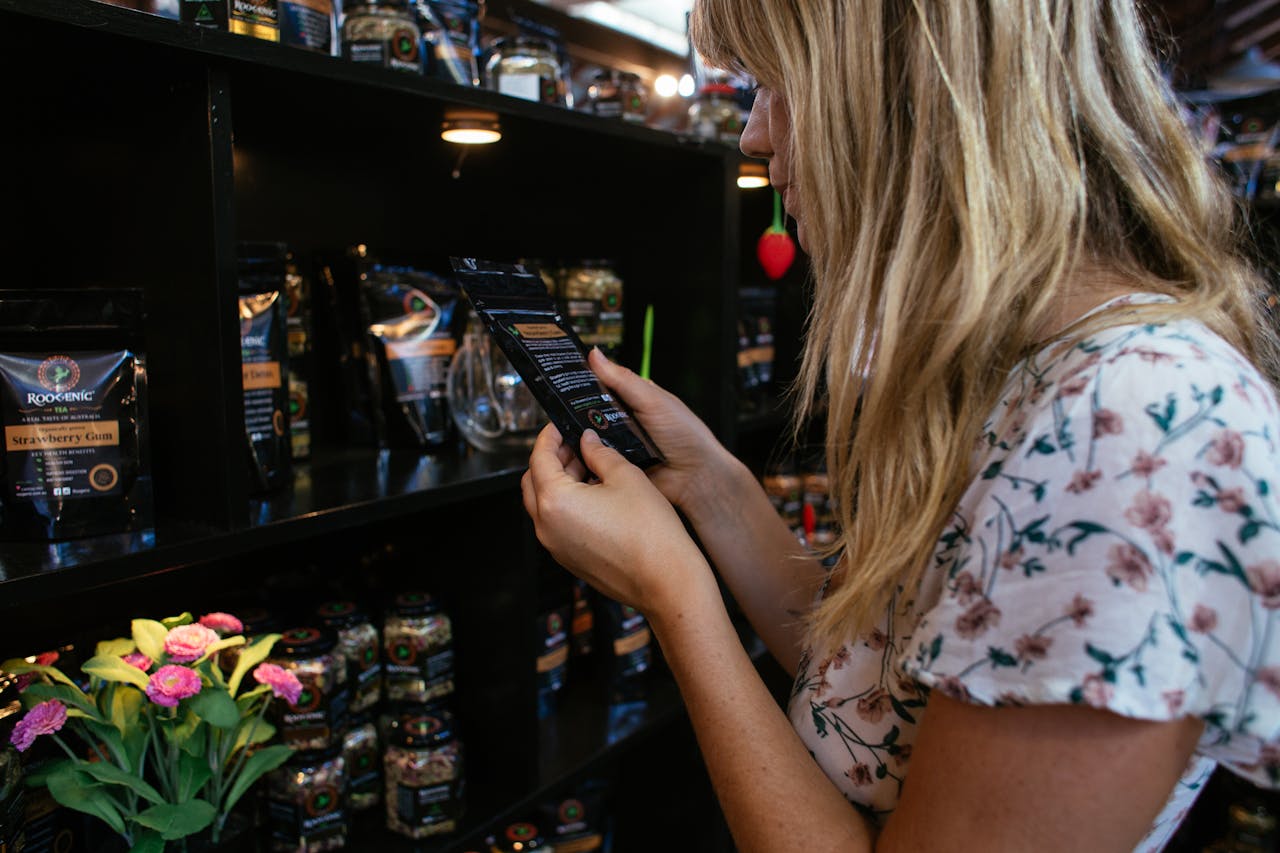As part of any food business venture, packaging plays a critical role in forging brand identities. Not only can it act as an attractive container for products; but it also serves as the first impression, telling your customers about who and what you stand for. Packaging must play an integral part in any strategy when starting or expanding a food venture or managing an established brand. Wholesale-to-go packaging can provide significant cost-cutting potential while creating brand images that resonate with target audiences.
The Psychological Power of Packaging
Did you know that packaging can influence consumer behavior subliminally? Its colors, shapes, and design evoke specific emotions or perceptions evoking specific responses in customers that might impact whether they purchase your product – for instance, bold hues such as red or yellow may increase appetite while green usually connotes sustainability and freshness.
Typography plays an essential part of packaging design. Font choices can convey elegance, fun, or professionalism; modern clean fonts might appeal to younger health-conscious customers while traditional fonts could attract those seeking comfort and reliability. All these components together come together to form a coherent identity that sets you apart from competitors.
Packaging as Brand Ambassador
Packaging does much more than protect products; it serves as an ambassador for your brand and serves as the first point of interaction with potential customers. Consistency with design, color scheme, and logo placement helps build brand recognition while creating an enjoyable user experience for consumers. A well-designed package may even spark curiosity by inviting potential consumers to interact with it beyond store shelves.
Your packaging can tell your target market all about you and reflect one or more of your core values, like sustainability. Customers these days tend to support brands that share similar beliefs – using eco-friendly packaging materials can increase customer trust as it shows commitment towards protecting our environment while simultaneously growing sales.
How Packaging Affects Perceived Value
One of the greatest ways that packaging can influence brand identities and consumer decisions is by altering how people view your product’s perceived value. Packaging sends signals about its contents; high-end materials or innovative designs signal value beyond cost alone.
Sustainability and Ethical Packaging
In recent years, consumers have become more eco-minded in terms of both purchases they make as well as packaging they encounter. Many food brands are turning toward eco-friendly options in their packaging design to minimize waste while appealing to eco-savvy customers who support brands with sustainable practices. Biodegradable or recyclable containers not only reduce waste but can also appeal more directly to these environmentally conscious shoppers.
Implementing ethical packaging into your brand can show customers that you value more than simply turning a profit. Ethical packaging demonstrates your dedication to environmental responsibility while aligning it with an emerging movement toward sustainability.
Packaging’s Effect on Customer Experience
Have you ever felt excited when opening up a package, only to experience feelings of surprise or excitement? That is a powerful component of customer experience – and packaging plays a pivotal role. An exciting unboxing experience can evoke anticipation and delight, leaving your customers feeling special while simultaneously building customer loyalty as word-of-mouth advertising spreads about. In turn, word-of-mouth marketing helps increase new business.
Packaging impacts customer convenience too. Food that is easy to open, store, and transport can drastically enhance their experience with your product. Resealable lids, spillproof containers, and easy carry handles help make sure that customers can fully benefit from what you are selling without experiencing frustration during purchase.
Cost-Effective Packaging Solutions for Food Brands
While high-quality and functional packaging is of vital importance for food businesses, you don’t need to break the bank to achieve strong impressions. Many cost-effective options exist that allow food businesses to maintain professional appearances without overspending on costs – one such is wholesale-to-go packaging options, which offer businesses cost reduction while still fulfilling design and functional aspects of design and function.
Conclusion
Food branding can be an increasingly competitive environment; the packaging must reflect this fact by creating an emotional bond between product and consumer, communicating brand values effectively, and informing purchasing decisions. Finding suitable packaging solutions to support sustainability, quality, or affordability could have an incredible effect on its success.
